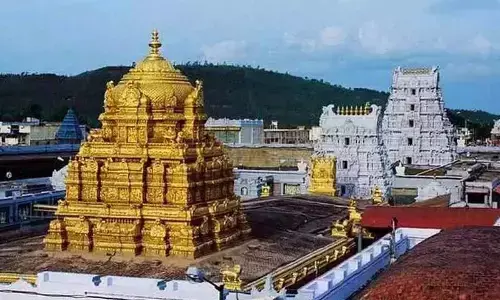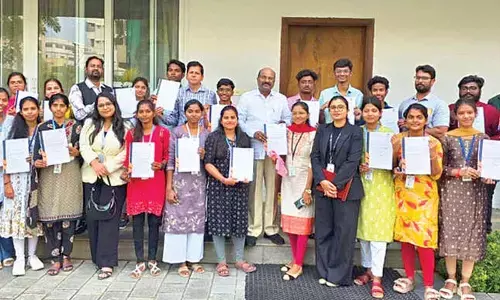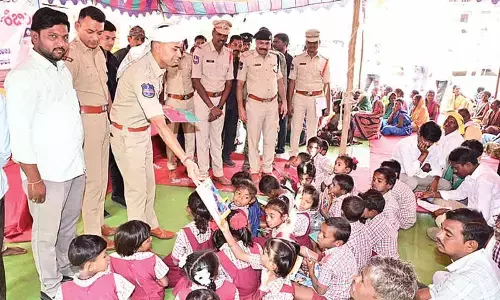India on the moon: From South India to South Pole, Chandrayaan-3 conquers Moon

Scientists celebrate at the control room of ISRO headquarters after the Chandrayaan-3's Lander Module, comprising the lander (Vikram) and the rover (Pragyan), successfully touches down on the Moon's surface, on Wednesday
Hyderabad: Indian twin robots, Vikram and Pragyan — landed on the southern polar region of the Moon on Wednesday sharp at 18:04 hrs IST leaving the world awestruck. The twins, who started their journey from South India to South Polar, made India the fourth country to master the technology of soft-landing on the lunar surface after the US, China and the erstwhile Soviet Union.
These robots made India the first country to ever reach this part of the lunar surface in one piece. Watching the historic moment of successful landing of Chandrayaan-3 on the Moon, the country burst into massive celebrations. Prime Minister Narendra Modi, who was watching the live telecast from South Africa, was seen waving the national flag.
ISRO Chairman S Somanath said it is a much sweeter moment for India as we have orbited the Moon and Mars and routinely launched satellites above the Earth with far fewer financial resources than other nations. In the past, the erstwhile Soviet Union, the US and China had successfully carried out soft landings on the Moon and brought back to earth samples of soil and rocks from the lunar surface. But India’s rover landed where no spacecraft has travelled so far. No other country has been able to land on this side of the moon before; this will change all narratives and stories about the moon, Prime Minister Narendra Modi said. The PM said not all these missions were successful in their first attempts. The Luna-2 mission of the Soviet Union crashed on the moon on September 14, 1959, making it the first human-made object to hit another celestial body.
Similarly, the National Aeronautics and Space Administration (NASA) could taste success in the lunar missions on July 31, 1964, after 13 failed attempts to crash land on the Moon.
NASA's Ranger 7 was a major turning point in the race to the Moon as it sent back 4,316 images before crashing into the lunar surface.
The photographs helped identify safe Moon landing sites for Apollo astronauts. China's Chang'e Project started with orbiter missions to the Moon, which generated detailed maps of the lunar surface to identify future sites for soft landings. The Chang'e 3 and 4 missions launched on December 2, 2013 and December 7, 2018 respectively made a soft landing on the lunar surface and operated rovers to explore the moon.
The Chang'e 5 mission was launched on November 23, 2020, landed near the Mons Rumker volcanic formation on the Moon on December 1 and returned to Earth with two kilograms of lunar soil on December 16, the same year.
India's lunar missions began with the launch of Chandrayaan-1 on October 22, 2008 that put a spacecraft in a 100-km circular orbit around the moon. The spacecraft made 3,400 orbits around the Moon at a height of 100 km from the lunar surface and prepared a chemical, mineralogical and photo-geologic mapping of the Moon. The orbiter mission, which had a mission life of two years, was, however, prematurely aborted after communication with the spacecraft was lost on August 29, 2009.
A decade later, Chandrayaan-2, comprising an orbiter, lander and rover, was successfully launched on July 22, 2019. The objectives of the country's second mission to the Moon were scientific studies by payloads onboard the orbiter, and technology demonstration of soft landing and roving on the lunar surface. However, the spacecraft crash landed on the Moon on September 6, 2019 due to a software glitch.
















